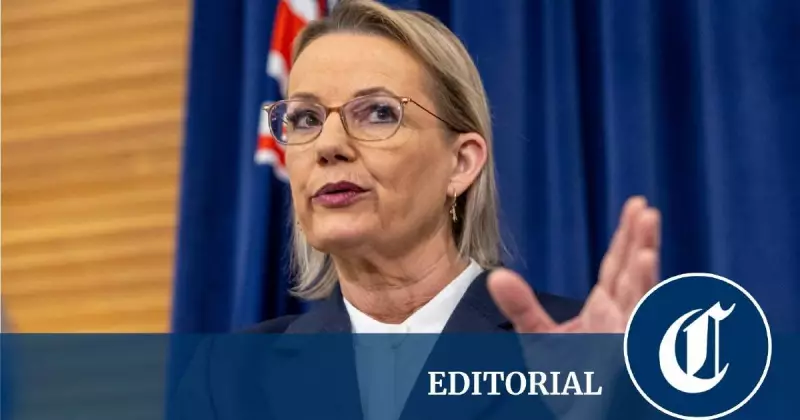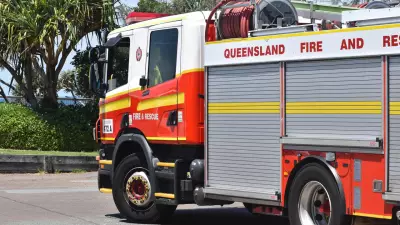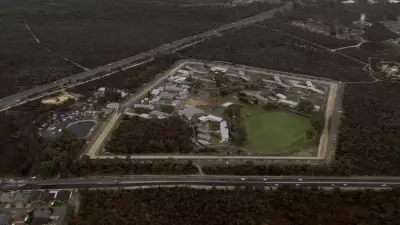
As 2025 nears its end, Australia's conservative political forces are engulfed in a profound crisis, grappling with fundamental questions over their identity, leadership, and policy direction. The situation has deteriorated to a state bordering on total disarray, threatening the very cohesion of the federal Coalition and its state divisions.
A Nationwide Pattern of Instability
The turmoil is not confined to Canberra; it is a nationwide epidemic. In New South Wales, the political landscape has been shaken by the sudden departure of the National Party leader. Compounding this, the Liberal Opposition Leader, Mark Speakman, is widely anticipated to lose his position, signalling a deep systemic illness within the party apparatus.
Echoing the conflicts at the federal level, the NSW Nationals have publicly rejected the state Liberals' commitment to a net zero emissions target. This move has shattered any remaining illusion of a unified conservative bloc, presenting voters with a deeply fractured alternative government.
The contagion of instability has also spread to Victoria. There, the Liberal Party, already weakened by a decade in opposition, has ousted its leader in a desperate act, replacing him with Jess Wilson, a 35-year-old first-term parliamentarian. With most Victorian Liberals lacking government experience, installing a leader with no administrative record is seen as a search for a magic bullet, bypassing the necessary work on coherent policy and internal stability.
Federal Freefall and the Rise of One Nation
The federal scene is equally dire. Recent polling for the Coalition has plummeted to a historic low, with its primary vote support collapsing to just 24 per cent. More alarmingly, support is effectively non-existent among younger demographics, pointing to a severe long-term challenge.
While the Coalition's support erodes, a concurrent surge is underway for One Nation. In one poll, the party's primary vote has reached 18 per cent. This dramatic shift prompts a fundamental question: is the Australian political landscape experiencing a seismic realignment? It is no longer a matter of if the Liberals can win the next election, but whether the conservative vote is fracturing permanently.
Given their shared ideological ground and the recent overtures made by Barnaby Joyce to Pauline Hanson, a future coalition or even a merger between the Nationals and One Nation no longer seems inconceivable. In the current climate of chaos, anything appears possible.
The Climate Policy Catalyst and Leadership Doubts
This crisis has been fuelled by relentless internal bickering over climate policy. The decision to abandon the net zero commitment, formalised in a joint policy statement with the Nationals on Sunday, has reignited the climate wars without winning the Coalition any new supporters.
The joint announcement offers no clear path forward and fails to convincingly argue how a Coalition government would genuinely reduce power bills. In contrast, major industry and business leaders have expressed concern that stepping back from the renewables transition will threaten electricity supply stability and ultimately drive prices higher.
Amid this policy chaos, Federal Liberal Leader Sussan Ley's claim that she will lead the Coalition to the next election appears increasingly tenuous. Leadership mutterings are now audible, with both moderates and conservatives reportedly contemplating a challenge. Andrew Hastie is said to be a front-runner in any potential contest.
The federal party's obsession with internal disputes, its poor electoral showing, and its willingness to overturn settled policy have created a perfect storm of instability. Until the conservative parties can develop a unifying, forward-looking platform that addresses the real economic and environmental concerns of modern Australia, they will remain trapped in a self-destructive cycle of infighting and electoral failure.





